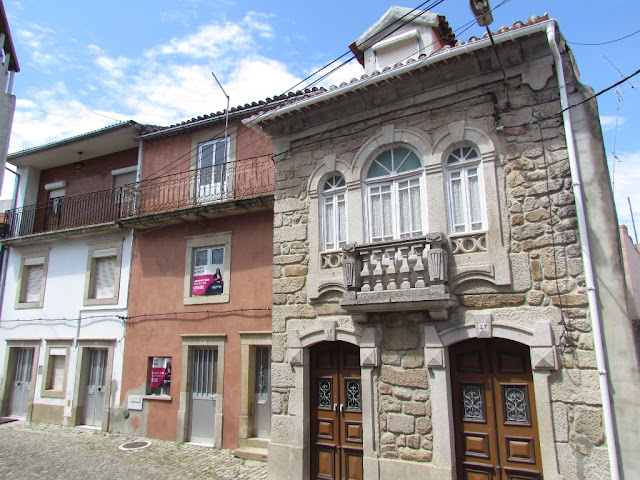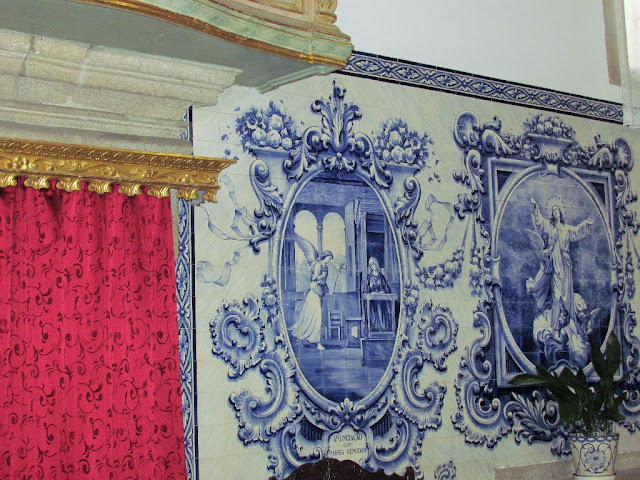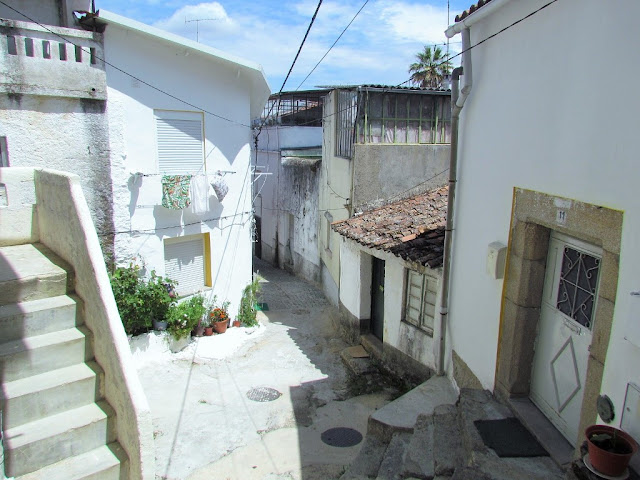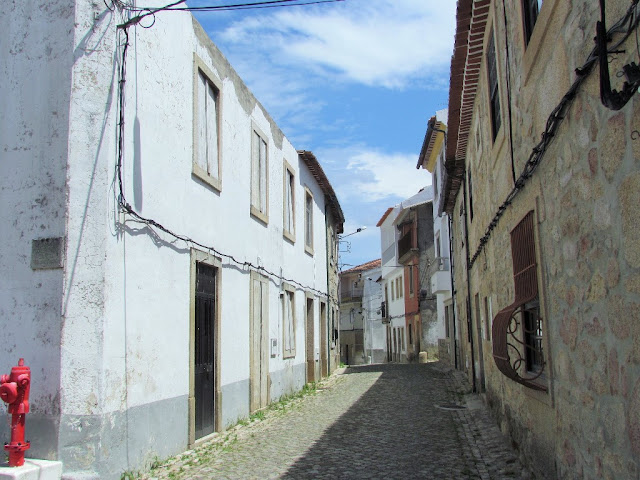ALCAINS
N 39.91549º; W 7.45451º
Alcains is a Portuguese parish in the municipality of Castelo Branco, with 36.95 km² of land area and 4615 inhabitants (2021 census). Its population density is 124.9 inhabitants/km².
This parish is based in the homonymous village of Alcains, located on the Castelo Branco - Covilhã - Guarda urban axis. It is one of the largest Portuguese towns, being the largest without county seat status in the interior of Portugal. It was the second most important industrial hub in the district until the mid-1980s, just after Covilhã.
Accesses
It is served by the A 23 - Beira Interior Motorway, by the old national roads EN18, EN352, and by rail via the Beira Baixa Line. The IC31 will connect the A23 in Alcains to the Spanish border at Termas de Monfortinho, where it will continue via the Spanish motorway EX-A1.
Geography
The village of Alcains is located approximately 12 km from Castelo Branco, 230 km from Lisbon and 264 km from Porto by motorway. It is approximately 50 km from the border with Spain and 380 km from the capital, Madrid.
Relief
Alcains is located at an altitude of 370 meters and is crossed by Ribeira da Líria, a tributary of the Ocreza River that also passes within the limits of this parish.
The Tagus River runs 30 km to the South, its tributary the Ponsul River approximately 20 km to the Southeast and the Zêzere River 50 km to the West.
Within a radius of 15 to 30 km you can see the Serra da Gardunha to the North, the Serra de Alvelos and Serra do Moradal to the West. Serra da Estrela is located 50 km away (as the crow flies). Serra da Lousã, Serra do Açor, Serra da Malcata and Serra de São Mamede are also part of the range of Portuguese mountains visible from the highest points in the parish of Alcains. The border Sierra de Gata (Spain) is also possible to see to the Northeast.
Climate
Mediterranean Temperate. Rainfall is scarce in summer. Temperatures are high, with maximum temperatures exceeding 30 °C on most days. The lows are relatively mild, although there are a significant number of nights with temperatures above 20 °C - on an annual average of around fifteen - which are called tropical nights in meteorology.
Winters are cold and rainy, with minimums that can reach -3 °C and maximums normally around 12 °C. Episodes of snowfall are recorded almost every year, although accumulation on the ground is less frequent. The last major snowfall was on January 10 and 11, 2010.
As for vegetation, there is a predominance of olive trees, cork oaks and holm oaks.
Economy
Until the 1980s, the town of Alcains was the main industrial hub in the municipality of Castelo Branco, achieving great development during the 1960s and 1970s through the contribution of some nationally renowned companies, such as Fábricas Lusitana, Dielmar and the extinct Sicel located next to the Alcains Railway Station.
The only slaughterhouse in Beira Baixa specialized in the production, processing and trade of meat and meat products has its headquarters here. The Beira Baixa Livestock Auction Park is also located in this village.
The Alcains area has long been recognized for the quality of its pastures, which is reflected in the quality of the cheese produced here. Hat making and weaving were once famous, but have now disappeared.
The existing granite quarries gave it fame, being considered one of the best in Portugal. The work of Alcains stonemasons is present in various parts of our country and also in some cities around the world. The Portuguese Railway Company used granite from this parish in many of its stations. In the pieces of art and statues that decorate the Jardim do Paço, as well as the Banco de Portugal branch in Castelo Branco, the Covilhã Town Hall, among other manufacturing units in the mountain city and also in several cities in Portugal such as Viseu, Guarda, Coimbra, Porto, Estremoz, Elvas, Évora, Lisbon, you can find the mark of the Alcains stonework. There are also references to works in Macau and Lourenço Marques.
The quality of the cheeses produced here helps to project the name of the parish nationally.
The town continues to experience rapid economic development, although the pace that characterized it until the mid-1980s has slowed down considerably.
History
Region inhabited since ancient times, with evident Neolithic signs and Roman predominance. The toponym Alcains derives from the Arabic al-Kanîsa, which means “the church” or even from the Arabic term in the plural al-Kanâ'is, which corresponds to “the churches”. It already existed in the time of D. Afonso Henriques, being part of the countless villages that made up the Herdade de Açafa. Later, this Estate was donated by D Sancho I to the Templar Order. Throughout the Middle Ages, its development was somewhat irregular, due to the region's constant demographic recessions. By the end of the 14th century, with the creation of municipalities, the term that concerned the then village of Alcains was defined. The Romanization of this area was also documented in the numerous remains found in Cabeço da Pelada, such as an oven and altar dedicated to the deity Reve, from the 2nd century BC. Remains of two altars were identified in 2008, during excavations next to the Ermida de São Domingos, which also identify the Roman influence in the history of the parish. With the dawn of the 16th century, it began to recover with the promotion of the economy that took advantage of the good geographical interconnection situation, with the establishment of numerous workshops. Its further progress continues due to the predominance of agricultural activity and the establishment of significant industry.
The toponym, according to some historians, derives from the Arabic word "al-Kanisa", in Portuguese "the church", and may have the same origin as Alcañiz, a city in the Spanish province of Teruel. Alcains was elevated to the category of town on November 12, 1971, after being considered the largest village in Portugal for several decades.



















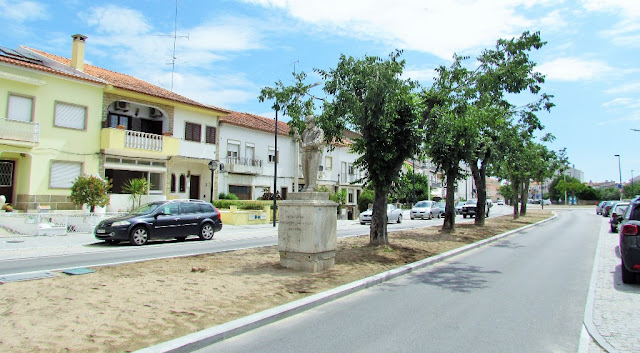













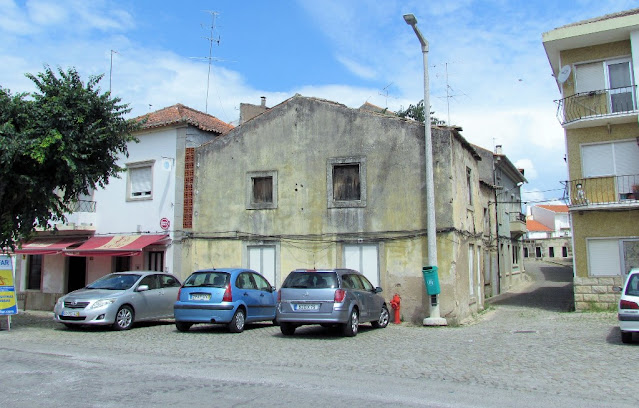





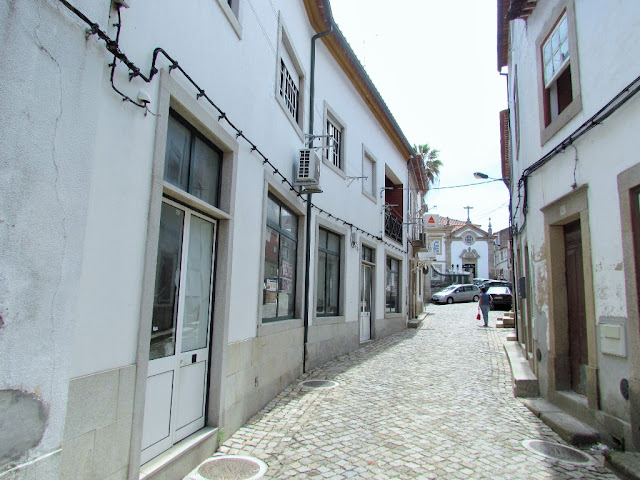
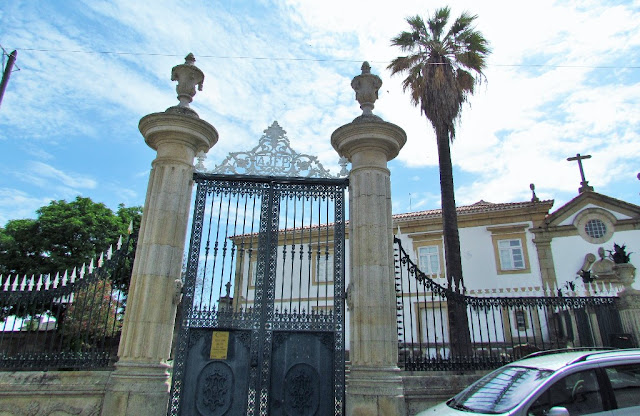









.JPG)












